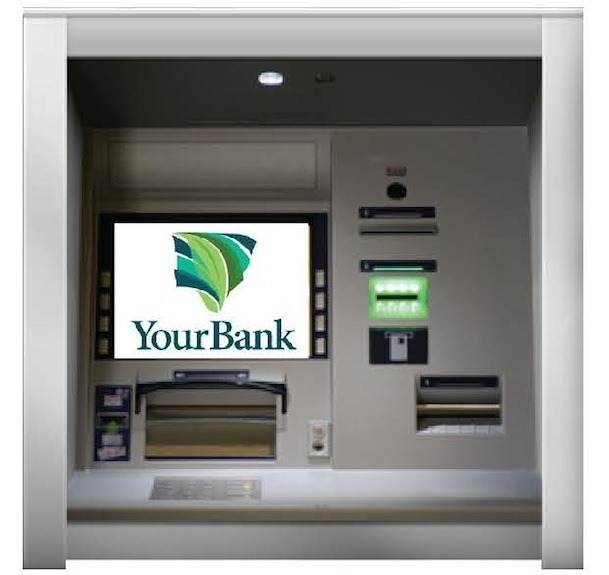Few subjects in the public debate are more emotive than banking. Bankers’ actions, pay and profits have been ferociously dissected in the wake of the Global Financial Crisis (GFC). In Australia, we were fortunate that our banking system and broader economy survived the crisis in good health. But banks’ behaviour here continues to attract scrutiny.
This report examines our banking debate through the prism of market design. It analyses the major faultlines, identifies enduring market failures and proposes a policy response.
There are three main points of tension:
1) whether the banks should follow the Reserve Bank of Australia (RBA) in setting interest rates;
2) whether rising funding costs have necessitated the banks’ rate increases; and
3) whether banks are too profitable relative to the risk they face.
On the first two points, the report finds in favour of the banks – they are rightly the arbiters of their own rate settings, and rising funding costs have indeed led banks to raise rates. On the third point, we find that the Big Four banks are more profitable than the risk attached to their equity would justify, thanks to implicit insurance provided by the state and a market structure which makes their operations more capital intensive than necessary.
The report identifies three market failures which contribute to this mismatch between profitability and risk. The first is a lack of competition brought about by “stickiness” in customer behaviour. The second is the familiar moral hazard problem, in this case created by the implicit public guarantee provided to the banks by government. The final failure is the perceived need amongst policymakers to accept a trade-off between competition and banking system stability, underpinned by the fear that some banks are too big to fail.
The recent announcement by Mark Bouris’s Yellow Brick Road of a new venture to take on the Big Four banks in residential mortgages in a welcome development. This report argues that a comparable policy initiative can complement Yellow Brick Road’s market-based initiative in the deposit and transaction segment.
The principal recommendation of the report is a new publicly owned bank, YourBank, which offers “vanilla” deposit and transaction products. It is intended to address the lack of competition by offering lower-cost, no-frills banking services. Any Australian could open an online account with YourBank, and students would be offered new accounts at school in the way that the Commonwealth Bank once did when it was in public ownership. YourBank would not possess a bricks-and-mortar branch network; it would offer online services only. This would enable it to deliver services cost-effectively and would underpin its ongoing commercial viability.
The YourBank proposal does involve public costs, including the set-up investment in systems and infrastructure, and the reduced tax take from the banking sector. However, these costs will be outweighed by the commercial profits of the new venture and, even more significantly, by the lower banking costs available to consumers and businesses.
In addition to YourBank, the report recommends mandatory mortgage default insurance for banks to remove the moral hazard of the implicit guarantee by making explicit the costs of insurance.

